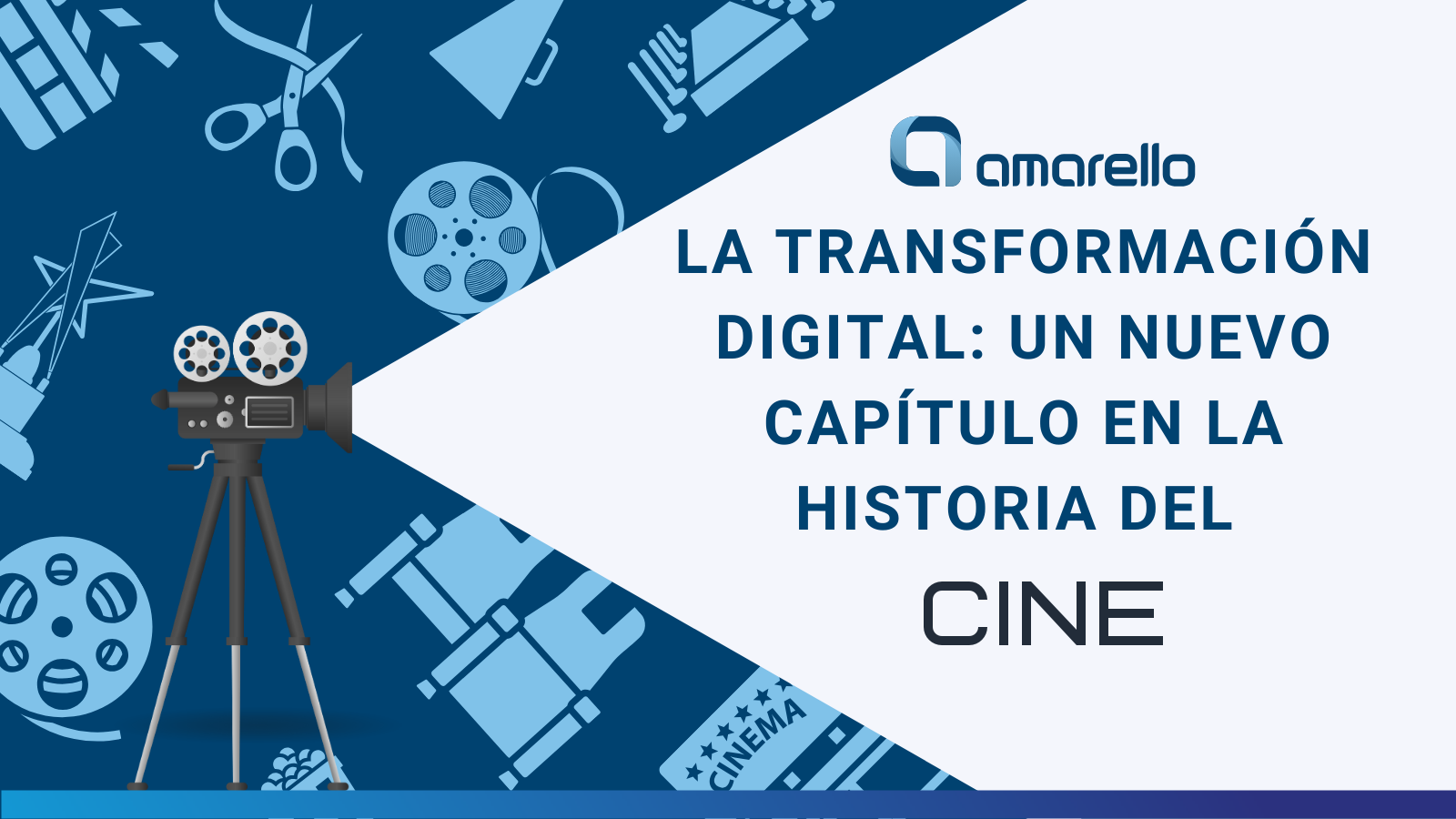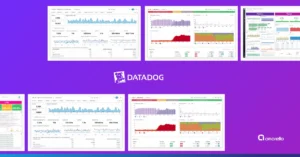Every second Saturday in February, the world celebrates World Cinema Day, a tribute to the transformative power of film to inspire, connect and captivate people everywhere. Throughout history, cinema has evolved and reinvented itself, along with technology, to enhance the viewing experience.
In a symbiotic relationship that has driven innovation since its origins in 1895, when the Lumiére brothers presented what would be considered the first film in history.
A journey through the magic of cinema
Since the dawn of civilization, human beings have enjoyed the art of telling and listening to stories, finding in the seventh art the pinnacle of possibilities for those who are passionate about stories and are able to bring new worlds to life with their imagination.
Inspiring many dreamers who through innovation have revolutionized the world, indirectly driving the evolution of technology and with it the transformation of cinema. Throughout history, technology has helped cinema go through different stages: silent, sound, color, blockbusters, independent films and streaming productions.
Ingmar Bergman summed it up well when he said: “no art pierces our consciousness in the same way that cinema does, touching our emotions directly, delving into the recesses of our souls”.
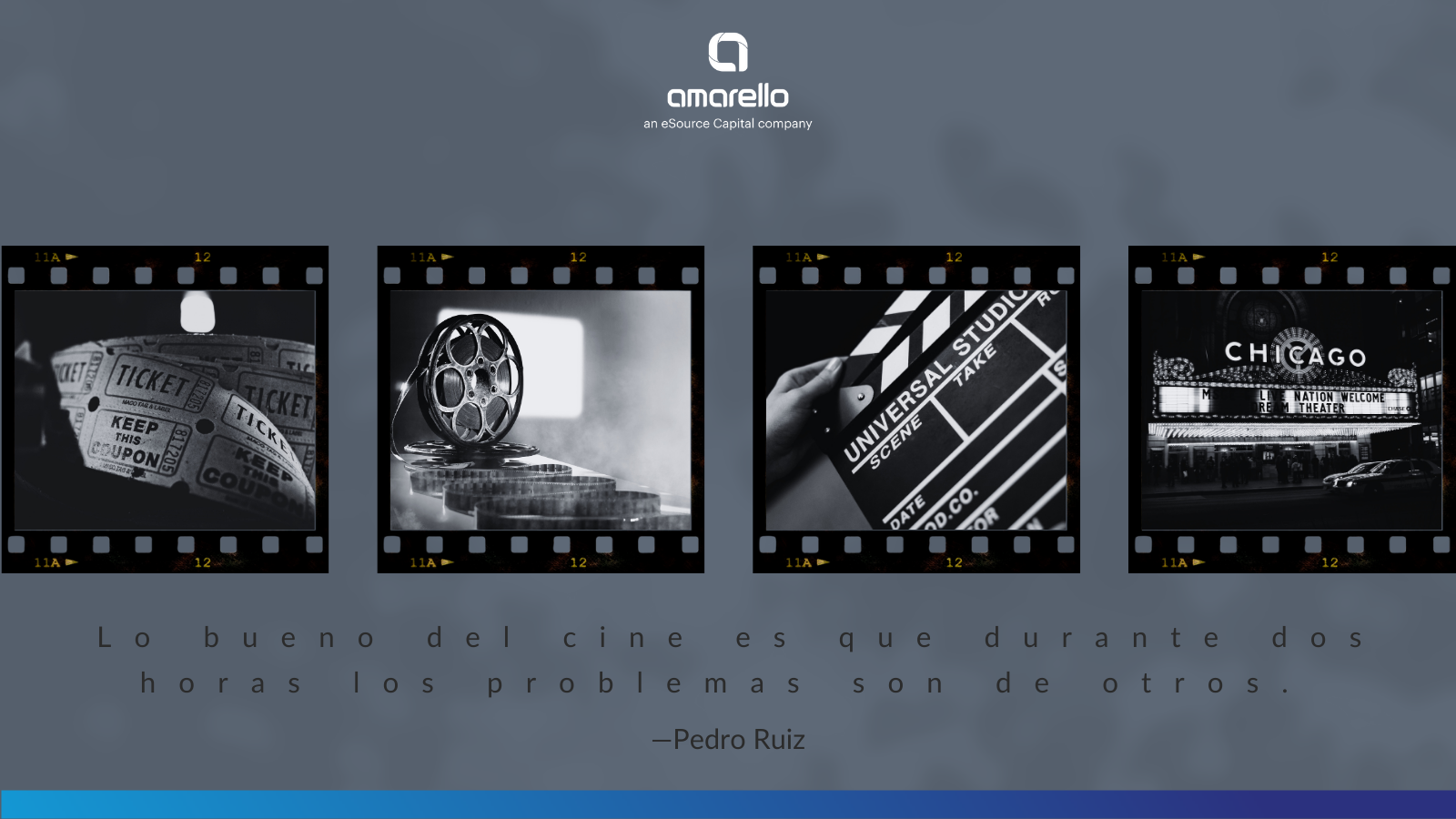
Back to the FutureA journey into the past, present and future of cinema with the help of technology.
- 1895 Birth of cinema, the Lumiére brothers present the cinematograph, a camera that also functions as a projector, an invention that eclipses other similar inventions of the time, and to which the origin of cinema is attributed.
This year also saw the appearance of the 35 mm black and white film without sound.
Take a look: How to bring value to my company through Data Analytics?
- 1903 The first color films appear, experimenting with rudimentary techniques to add color to the images.
During this decade silent films become popular, where the narrative develops without dialogue.
- 1927 The sound film “The Jazz Singer” revolutionized the film industry with the synchronization of sound and image, an achievement pursued by many and that had a precedent with the sound film “Don Juan”, a silent film that included music performed by the New York Philharmonic and sound effects.
- 1930s “Gone with the Wind marks a milestone in the transition from black and white to color, using the Tecnicolor format, a three-negative process that captured the colors red, green and blue invented in 1916 and that would be perfected in this decade.
Animation techniques such as those used by Walt Disney in “Snow White and the Seven Dwarfs” were also developed.
- 1950s The Cinerama, the three-screen projection system that creates a panoramic experience, appears; as does the 35 mm film with three soundtracks.
- 1960s The 70 mm tape appears , a film format with higher image and sound quality. It is also from this decade that special effects such as those used in Stanley Kubrick’s “2001: A Space Odyssey” become popular.
- 1970s Dolby Stereo technology, which allows a surround sound system, the listening experience is transformed giving way to a new experience for moviegoers.
This decade marks the beginning of blockbusters with titles such as “Jaws” and “Star Wars”, movies with big budgets and special effects.
- 1980s The introduction of home video with VHS enables a new form of film consumption and distribution by allowing fans to enjoy movies at home.
- 1990s Digital cinema begins to gain popularity, allowing filmmakers to explore new film production and projection techniques.
Digital animation achieves a cultural milestone with the release of “Toy Story”.
“Jurassic Park” revolutionizes special effects with CGI.
- 2000s 3D immerses the viewer in the experience, making it more realistic and immersive.
HD digital projection is introduced
The advent of Blu-ray and streaming revolutionizes movie distribution.
- 2010s Virtual and augmented reality technologies begin to influence the way movies are experienced, with the first VR movies appearing.
4D movie theaters become more popular, providing an increasingly immersive experience to viewers.
Streaming platforms such as Netflix and Amazon Prime Video also reach new milestones of popularity, setting a trend for the distribution and consumption of movies on demand.
- 2020s AI is making its presence felt in cinema to revolutionize special effects, and post-production.
The use of machine learning is adopted to analyze audience preferences and create more appropriate recommendations for the viewer. The use of this tool for the construction of new stories and the design of scripts is also beginning to be explored.
- 2024 What does the future hold? Cinema continues to evolve with technologies such as artificial intelligence, virtual reality and augmented reality, opening up new possibilities for the creation and consumption of films.
We can be sure that digital transformation and the aforementioned tools, in addition to other technologies such as the cloud and machine learning, will have a decisive and revolutionary impact on the way films are made and consumed.
Lights, camera, action: the evolution between cinema and technology
Film and technology, as well as Mr. & Mrs. Smith They have proven to be an explosive and dynamic couple that learn and enhance each other. Great technological advances that today are a reality seem to be taken out of science fiction movies such as:
Gadgets of the iconic 007: Many of the devices used by the famous agent James Bond, such as GPS navigation, the smart ring or more outstanding the smartwatch, with the ability to receive calls.
Demon Seed Smart Home: A movie that showed us a smart home that controlled the lives of its inhabitants. Today, with devices like Alexa or Google Home, we can control various aspects of our home in a smart way with programmed routines and voice commands. Of course, without giving up control of our lives.
Star Wars medical droids: These robots are a reality in some hospitals, where their intervention is of great help in performing surgeries and patient care.
Metropolis video calls: The 1927 film already anticipated the existence of video calls, which today are an everyday reality thanks to platforms such as Zoom or Google Meet.
Total Defiance Autonomous Cars: Although they are not yet as common as in the film, there are already prototypes of autonomous cars driving on the streets.
Don’t miss: Science, Data, Cloud and Rock & Roll.
Star Wars Holograms: Holographic technology has advanced considerably and is used in various fields such as medicine, education and entertainment.
Yo robot automatons: Although not as advanced as the ones in the movie, there are already robots that can perform tasks such as cleaning the house, cooking or even making package deliveries.
Star Trek mobiles and tablets: An example, perhaps much more familiar, is found in the similarity between the communicators and tablets shown in this iconic series and movie saga, as we find an equivalent in the form of smartphones and tablets.
AI in Ex Machina: Artificial intelligence is another technology that has made its way into the everyday life of our days, used for a multitude of activities, from creating images and content to analyzing user preferences and personalizing experiences, curiously one of the latent fears about this technology is portrayed in this film.
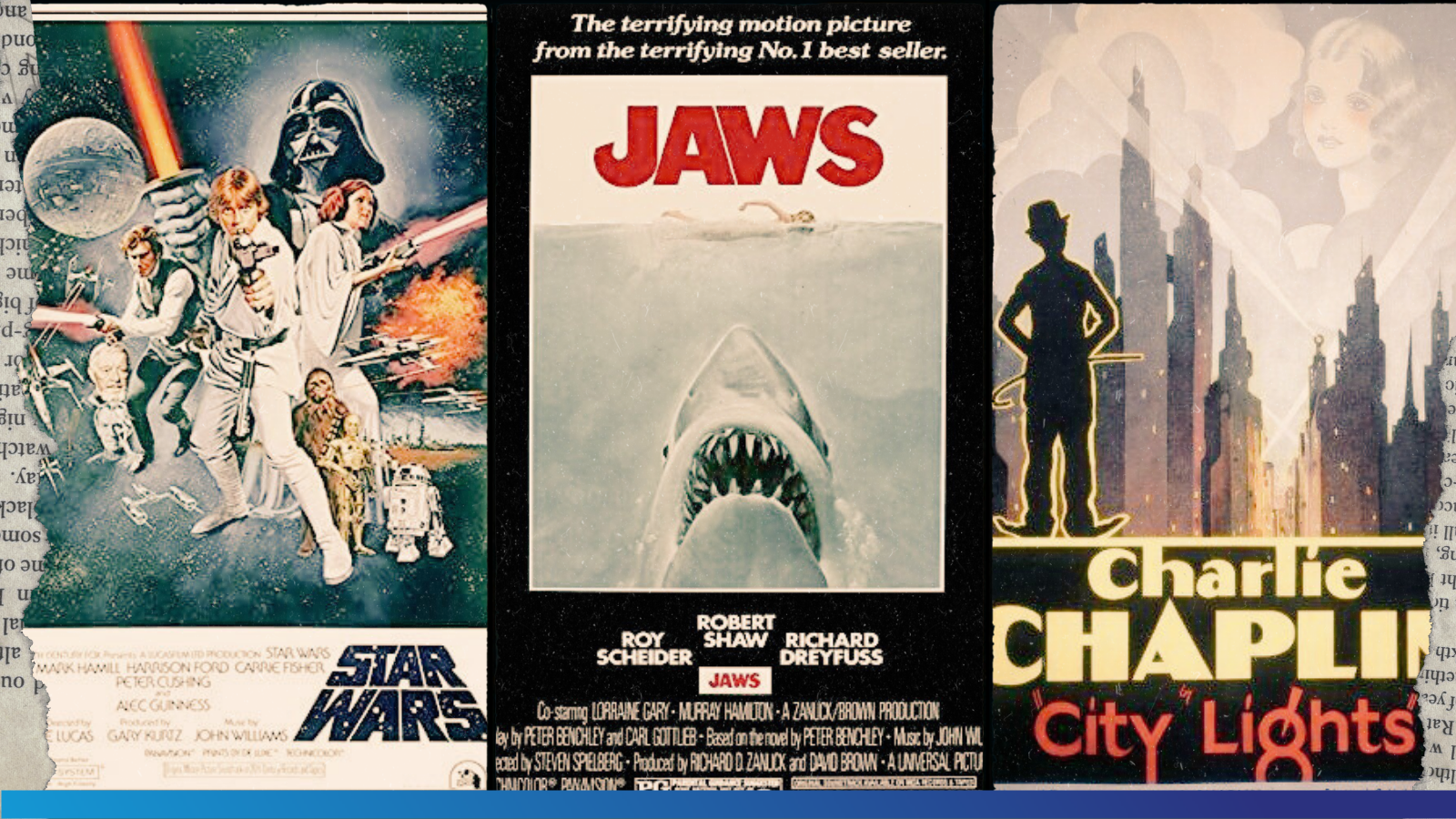
This brief review of cinema innovations, as well as a short account of just a few of the inventions taken off the screen and transformed into reality, are evidence that cinema and technology walk together conquering impressive milestones, but where do we draw the line?
The regulation of the use of new technologies should be one of the priorities for the seventh art, although it is true that technology is capable of boosting the magic of cinema, it should avoid giving it a domineering role, cinema is not only about special effects or stunning visual resources; its core lies in the ability to tell stories that connect with the audience and their emotions, inviting reflection and creating a lasting impact.
Simply put, technology should be a complement that enhances the narrative, not a substitute for it.
Mission ImpossibleFinding the perfect balance between art and technology in filmmaking
James Cameron’s “Avatar” is a perfect example of this ideal symbiosis. The film stands out not only for its revolutionary visual technology, but also for its captivating narrative, memorable characters and relevant environmental message.
With 120 frames per second at 4K resolution, using MAGI technology as well as a Dolby Atmos 9.1 sound mix, this blockbuster is capable of transporting the viewer to the lush world of Pandora in a unique and memorable experience.
Great directors such as James Cameron, Christopher Nolan or Steven Spielberg understand the power of technology as a narrative tool. They know how to discern when and how to use it to enhance their stories, without losing sight of the importance of plot, characters and emotion.
You may also be interested in: How to bring value to my company through Data Analytics?
This is especially relevant in a context where streaming platforms are gaining prominence, accelerating the pace of productions and taking advantage of technologies to reduce costs, while competing for market share. The creative use of technology becomes the differentiating factor between quality content and generic productions.
New challenges, new opportunities: The cloud as an ally for filmmaking
Digital transformation is opening a new chapter in the history of cinema. More accessible equipment and more intuitive and powerful software democratize film production, while digital platforms expand distribution channels.
This has allowed independent productions such as: “Parasitos”, “El Irlandés” or the most recent appearance of the kaiju king “Gojira Minute One” to compete with Hollywood blockbusters, evidencing how the responsible and intelligent incorporation of technology has strengthened independent cinema in the digital era.
While the benefits of digital transformation are not limited to the democratization of film production and distribution, digital transformation also redefines the cinematic experience.
Innovations such as experimentation in new ways of distribution and mixing, such as circular seats that seek to duplicate the sound in the room to achieve a 360° distribution, as well as personalized experiences that take advantage of augmented and virtual reality, such as in 4D theaters, IMAX projections or VR productions, give the audience a leading role that allows them to better experience the story.
We recommend you read: Cloud migration project: What you should consider
The use of the cloud and artificial intelligence streamline and optimize production processes, as well as improve personalized recommendations for each viewer.
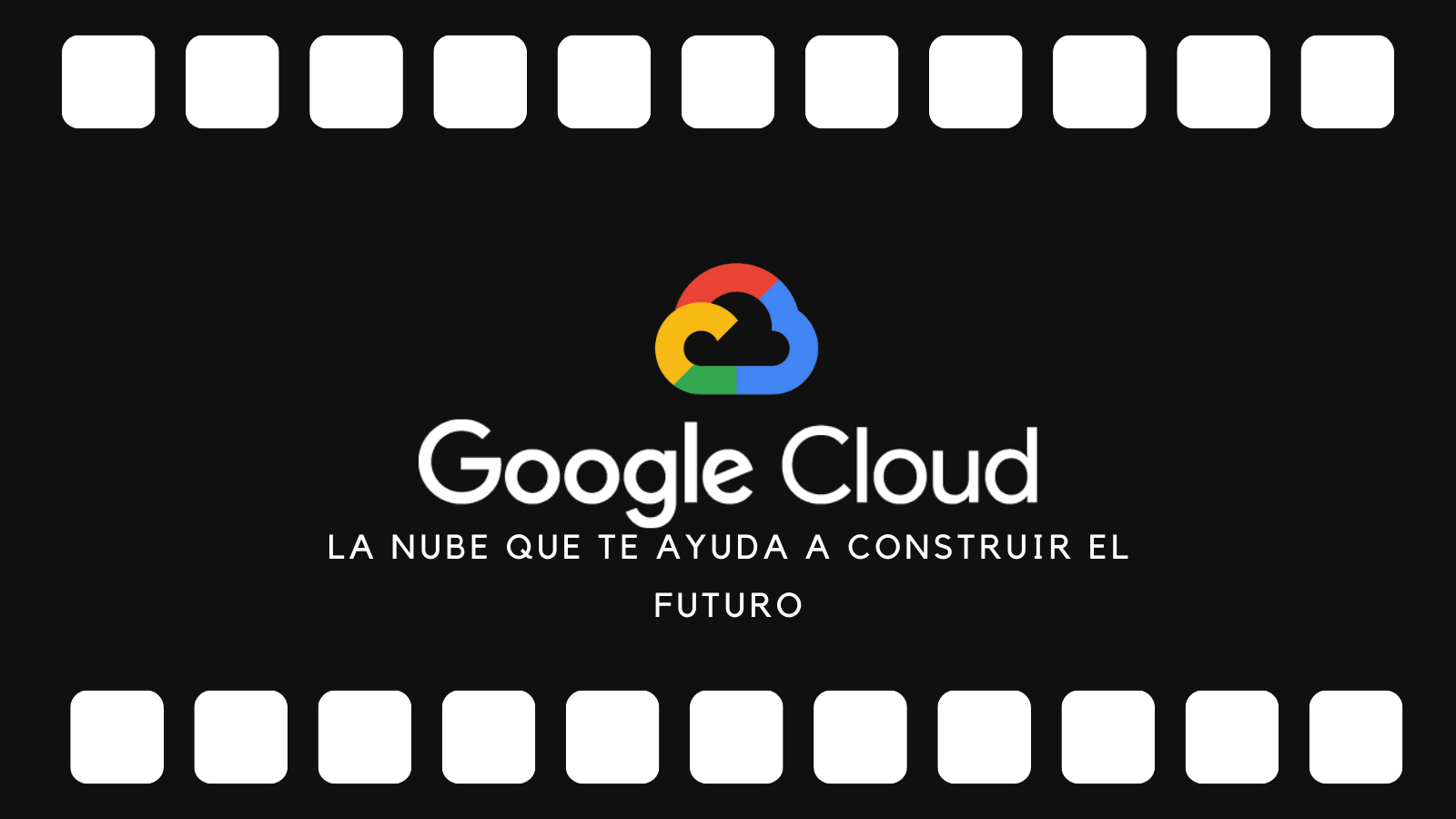
Behind all this magic we can find cloud solutions such as:
Looker & BigQuery: A data analytics duo as perfect as popcorn and movies, it allows you to understand audience preferences, optimize production costs, make personalized recommendations, all in real time to have the accuracy of Doc Brown in predicting trends for the future of cinematic innovation.
Vertex AI: An agile, versatile tool that can handle any situation like James Bond. Vertex AI allows you to train Machine Learning models in an intuitive, efficient and fast way.
The advantages? Endless, for a variety of industries. In film, Vertex AI becomes a secret weapon for:
- Create breathtaking special effects.
- Improve scripts as an expert, analyzing audience preferences and providing strategic recommendations to make the film a success.
- Manage production like a master, optimizing costs, identifying areas for improvement and advising to make sure every penny counts.
Virtual Apps and Desktop with Citrix: In the world of filmmaking, efficiency and security are essential to complete the most challenging missions. Just like Ethan Hunt and his team, the film industry needs solutions that enable flexible, secure and collaborative working, no matter where or what device is used – and that’s exactly what this tool enables teams to do:
- Access applications and desktops from any device in any location – especially useful for international productions where remote collaboration is vital
- Collaborate in real time, sharing files and applications securely and efficiently, regardless of distance, speeding up production and post-production times.
- Maintaining a high level of security, essential to avoid leaks in an environment where confidential secrecy may represent maintaining the hype of a box office release.
Apigee: In the world of cinema, the viewer’s experience is the most important thing. So, just like in “The Illusionists,” working together and in perfect sync is vital to deliver a magical and memorable experience for the audience. Apigee enables secure and efficient integration between apps, platforms and various industry sectors through APIs to provide moviegoers with an exceptional experience.
Disaster Recovery Plan: In the film industry, every production is a multi-million dollar investment of time and money alike. Months and even years are invested in the development, shooting and post-production of a film. A single disaster can jeopardize all that effort and cause significant financial losses, putting all that effort at risk.
A Disaster Recovery Plan (DRP) is the ultimate defense, a plan designed to protect production files and minimize the impact of a disaster. A well-designed DRP can be the difference between the success and failure of a movie, just like the Avengers in that last stand against Thanos; the DRP enables the movie industry:
- Protect your investment by ensuring that production files containing valuable material such as scripts, footage and special effects are safe in the event of a disaster.
- Minimize downtime, a great DRP can help resume production quickly after a disaster, reducing economic losses.
- Improve reputation: A film studio that is prepared for disaster and can provide a solution is able to build its reputation.
- In short, DRP is about the combination of digital transformation solutions that can mean the difference between success and the loss of millions, as almost happened to Disney with Toy Story when it almost lost the film’s archives in the face of an incidental oversight.
In short, cinema has become an integral part of popular culture, maintaining a symbiotic relationship with technology. The evolution of cinema has been marked by the constant incorporation of new technologies, from the invention of the cinematograph to the advent of artificial intelligence.
Explore also: Big Data in the cloud: What stage is your company at?
Digital transformation, the cloud and AI have made important contributions that are revolutionizing the way film is consumed and produced. These technologies offer a wealth of benefits for the film industry; however, their implementation must be responsible and always respect prioritizing narrative importance. It is essential to find a balance between technological innovation and the essence of cinema as an art form.
But tell me, what do you think will be the next technological innovation in cinema?
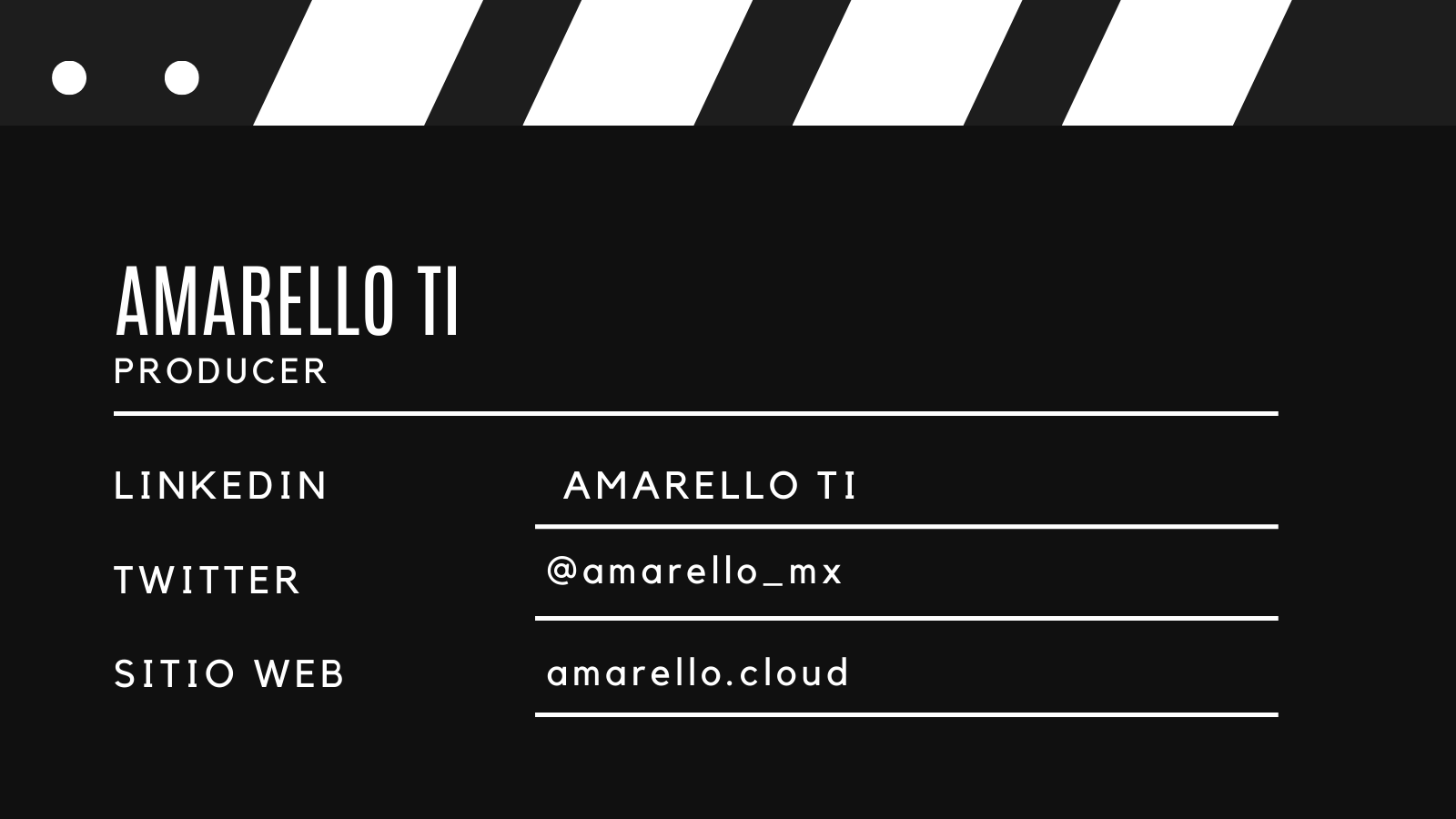
Discover how digital transformation can revolutionize your business! Contact Amarello and receive no-obligation advice from our experts to take your company to the next level and achieve outstanding results.

